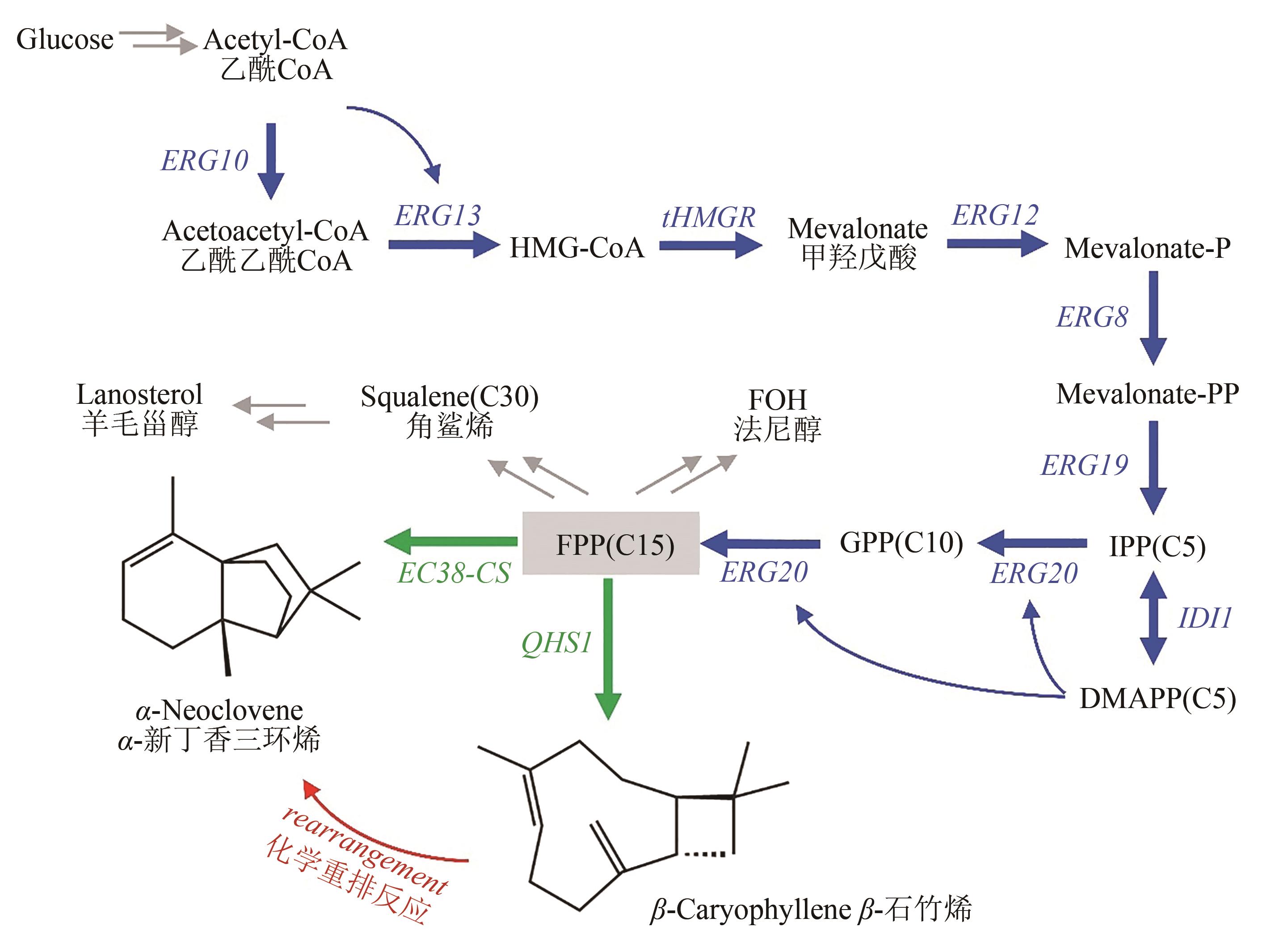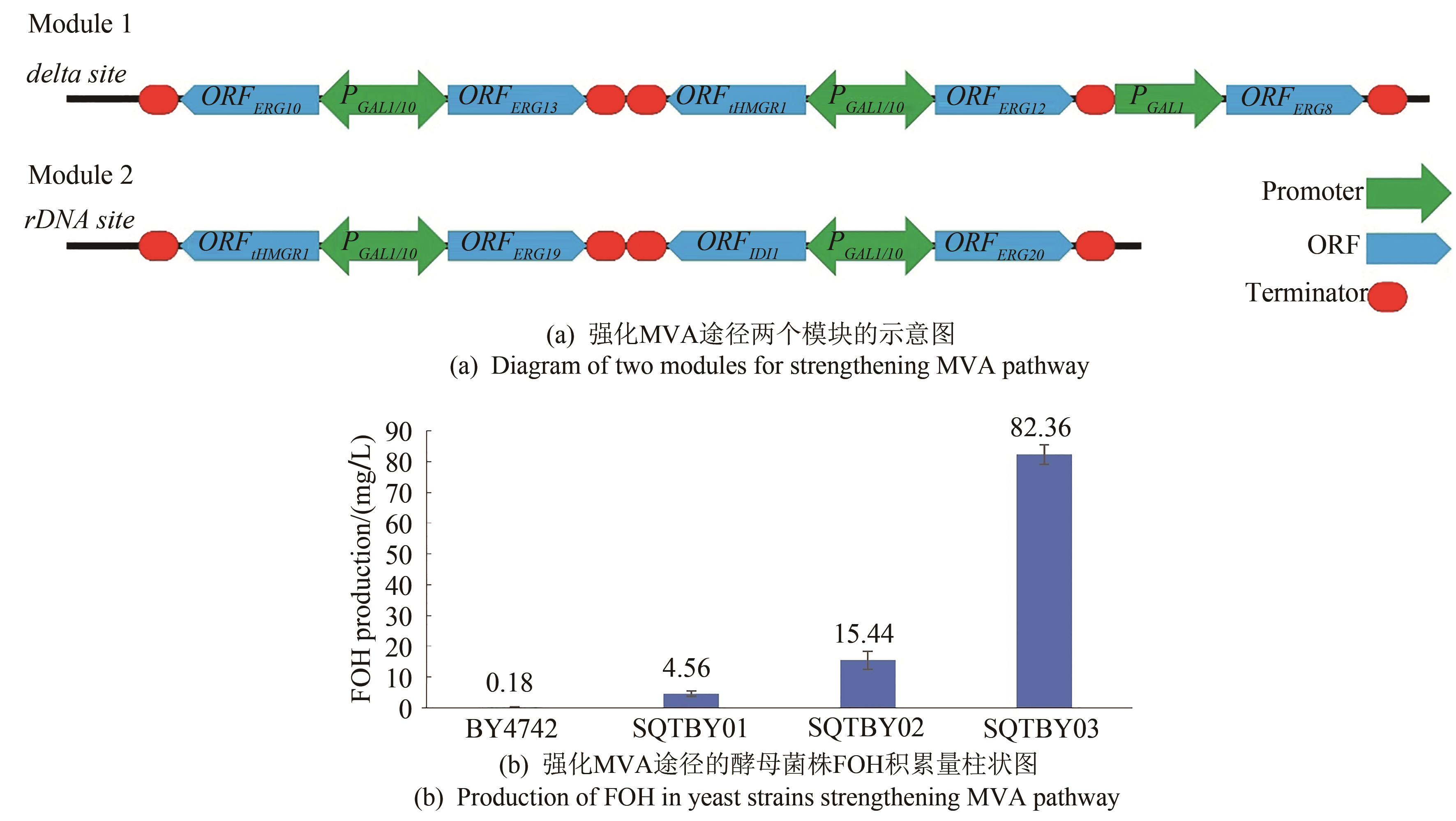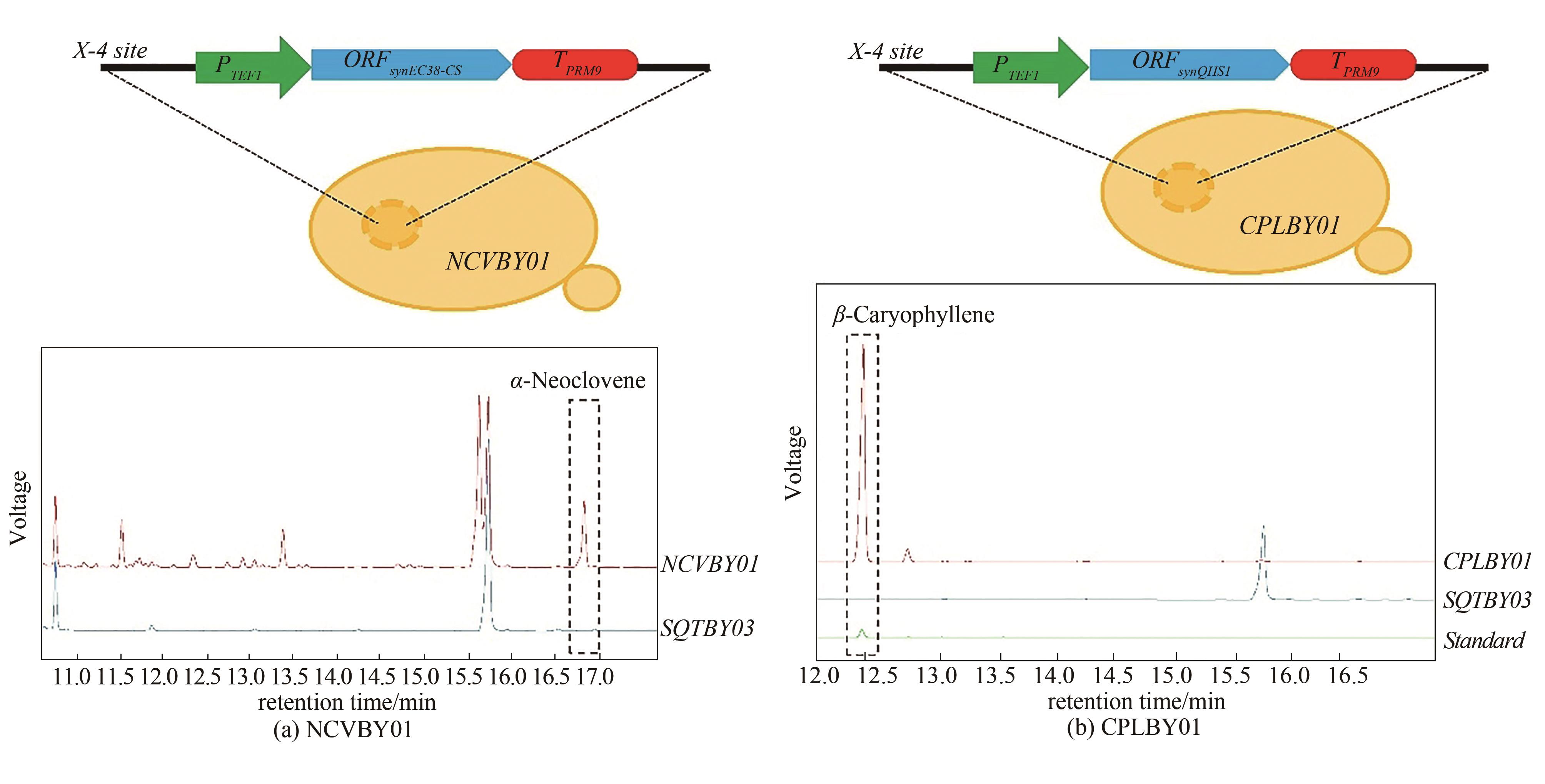| 1 |
RU W W, WANG D L, XU Y P, et al. Chemical constituents and bioactivities of Panax ginseng (C. A. Mey.)[J]. Drug Discoveries and Therapeutics, 2015, 9(1): 23-32.
|
| 2 |
GUO M K, SHAO S, WANG D D, et al. Recent progress in polysaccharides from Panax ginseng C. A. Meyer[J]. Food and Function, 2020, 12(2): 494-518.
|
| 3 |
JIANG R, SUN L W, WANG Y B, et al. Chemical composition, and cytotoxic, antioxidant and antibacterial activities of the essential oil from ginseng leaves[J]. Natural Product Communications, 2014, 9(6): 865-868.
|
| 4 |
赵岩, 王红, 蔡恩博, 等. 人参挥发油化学成分及其主要活性成分聚乙炔醇类药理作用研究进展[J]. 中国药房, 2017, 28(13): 1856-1859.
|
|
ZHAO Y, WANG H, CAI E B, et al. Research progress on chemical constituents of essential oil from Panax ginseng and pharmacological effects of polyacetylenol[J]. China Pharmacy, 2017, 28(13): 1856-1859.
|
| 5 |
彭雪, 李超英. 人参挥发油研究[J]. 吉林中医药, 2017, 37(1): 71-74.
|
|
PENG X, LI C Y. Advances in the research on volatile oil from ginseng[J]. Jilin Journal of Traditional Chinese Medicine, 2017, 37(1): 71-74.
|
| 6 |
IN H C. Volatile compounds of ginseng (Panax sp.): a review[J]. Journal of the Korean Society for Applied Biological Chemistry, 2015, 58(1): 67-75.
|
| 7 |
JUNG J I, KIM E J, KWON G T, et al. β-Caryophyllene potently inhibits solid tumor growth and lymph node metastasis of B16F10 melanoma cells in high-fat diet-induced obese C57BL/6N mice[J]. Carcinogenesis, 2015, 36(9): 1028-1039.
|
| 8 |
SOTTO A D, MANCINELLI R, GULLI M, et al. Chemopreventive potential of caryophyllane sesquiterpenes: an overview of preliminary evidence[J]. Cancers, 2020, 12(10): 3034.
|
| 9 |
LEGAULT J, PICHETTE A. Potentiating effect of β-caryophyllene on anticancer activity of α-humulene, isocaryophyllene and paclitaxel[J]. Journal of Pharmacy and Pharmacology, 2010, 59(12): 1643-1647.
|
| 10 |
EDWARDS T, MOSES C, DRYER F. Evaluation of combustion performance of alternative aviation fuels[C]//46th AIAA/ASME/SAE/ASEE Joint Propulsion Conference & Exhibit. Nashville, TN. Reston, Virginia: AIAA, 2010.
|
| 11 |
HARVEY B G, MERRIMAN W W, KOONTZ T A. High-density renewable diesel and jet fuels prepared from multicyclic sesquiterpanes and a 1-hexene-derived synthetic paraffinic kerosene[J]. Energy & Fuels, 2015, 29(4): 2431-2436.
|
| 12 |
LIU H B, LU X Y, HU Y H, et al. Chemical constituents of Panax ginseng and Panax notoginseng explain why they differ in therapeutic efficacy[J]. Pharmacological Research, 2020, 161: 1052-1063.
|
| 13 |
GALANIE S, THODEY K, TRENCHARD I J, et al. Complete biosynthesis of opioids in yeast[J]. Science, 2015, 349(6252): 1095-1100.
|
| 14 |
PADDON C J, WESTFALL P J, PITERA D J, et al. High-level semi-synthetic production of the potent antimalarial artemisinin[J]. Nature, 2013, 496(7446): 528-532.
|
| 15 |
YAN X, FAN Y, WEI W, et al. Production of bioactive ginsenoside compound K in metabolically engineered yeast[J]. Cell Research, 2014, 24(6): 770-773.
|
| 16 |
PING Y, LI X D, YOU W J, et al. De novo production of the plant-derived tropine and pseudotropine in yeast[J]. ACS Synthetic Biology, 2019, 8(6): 1257-1262.
|
| 17 |
BAI Y F, YIN H, BI H P, et al. De novo biosynthesis of Gastrodin in Escherichia coli [J]. Metabolic Engineering, 2016, 35: 138-147.
|
| 18 |
WU W H, TRAN W, TAATJES C, et al. Rapid discovery and functional characterization of terpene synthases from four endophytic Xylariaceae[J]. PLoS One, 2016, 11(2): e0146983.
|
| 19 |
CAI Y, JIA J W, CROCK J, et al. A cDNA clone for beta-caryophyllene synthase from Artemisia annua[J]. Phytochemistry, 2002, 61(5): 523-529.
|
| 20 |
GIETZ R D, SCHIESTL R H. Large-scale high-efficiency yeast transformation using the LiAc/SS carrier DNA/PEG method[J]. Nature Protocols, 2007, 2(1): 38-41.
|
| 21 |
WANG P P, WEI W, YE W, et al. Synthesizing ginsenoside Rh2 in Saccharomyces cerevisiae cell factory at high-efficiency[J]. Cell Discovery, 2019, 5: 5.
|
| 22 |
PARAMASIVAN K, RAJAGOPAL K, MUTTURI S. Studies on squalene biosynthesis and the standardization of its extraction methodology from Saccharomyces cerevisiae [J]. Applied Biochemistry and Biotechnology, 2019, 187(3): 691-707.
|
| 23 |
IGNEA C, TRIKKA F A, NIKOLAIDIS A K, et al. Efficient diterpene production in yeast by engineering Erg20p into a geranylgeranyl diphosphate synthase[J]. Metabolic Engineering, 2015, 27: 65-75.
|
| 24 |
APEL A R, D'ESPAUX L, WEHRS M, et al. A Cas9-based toolkit to program gene expression in Saccharomyces cerevisiae [J]. Nucleic Acids Research, 2017, 45(1): 496-508.
|
| 25 |
PILAURI V, BEWLEY M, DIEP C, et al. Gal80 dimerization and the yeast GAL gene switch[J]. Genetics, 2005, 169(4): 1903-1914.
|
| 26 |
WESTFALL P, PITERA D J, LENIHAN J R, et al. Production of amorphadiene in yeast, and its conversion to dihydroartemisinic acid, precursor to the antimalarial agent artemisinin[J]. Proceedings of the National Academy of Sciences of the United States of America, 2012, 109(3): E111-8.
|
| 27 |
YANG J M, NIE Q J. Engineering Escherichia coli to convert acetic acid to β-caryophyllene [J]. Microbial Cell Factory, 2016, 15(5): 74-82.
|
| 28 |
WU W H, LIU F, DIVIS R W. Engineering Escherichia coli for the production of terpene mixture enriched in caryophyllene and caryophyllene alcohol as potential aviation fuel compounds[J]. Metabolic Engineering Communications, 2018, 5(6): 13-21.
|
| 29 |
PARKER W, RAPHAEL R A, ROBERTS J S. Neoclovene a novel rearrangement product of caryophyllene[J]. Tetrahedron Letters, 1965, 6(27): 2313-2315.
|
| 30 |
MCKILLOP T F W, MARTIN J, PARKER W, et al. The synthesis of neoclovene[J]. Journal of the Chemical Society, 1971(2): 162-162.
|





